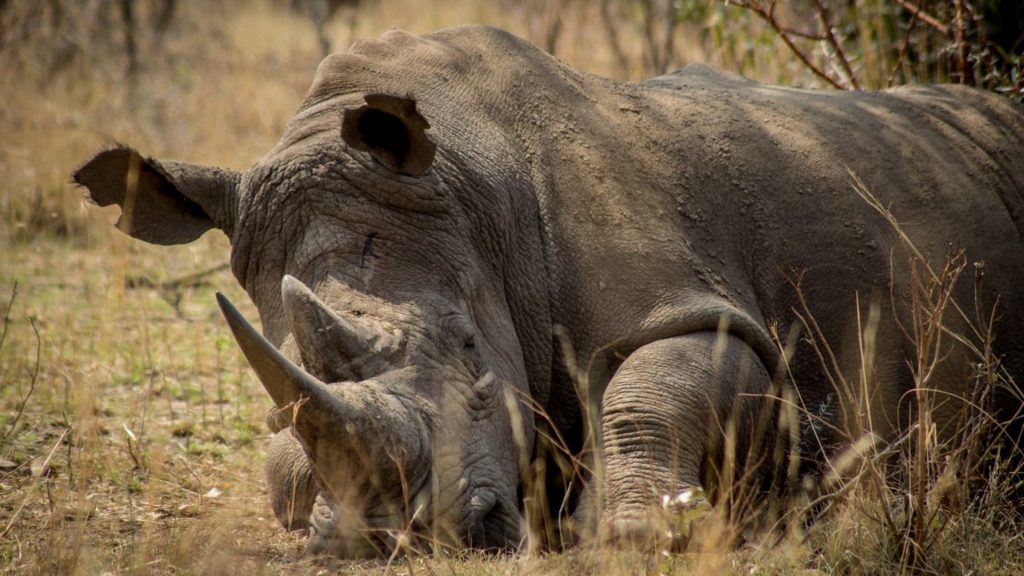The consequences of illegal wildlife Trade and poaching. Illegal wildlife trade has far-reaching consequences and impacts society just as much as biodiversity. Among the most prominent consequences are a loss of biodiversity, the emergence of new virus diseases, economic decline as well as violence and other criminal activities.
Consequences Of Illegal Wildlife Trade And Poaching
The impact of illegal wildlife trade (IWT) on species has reached unprecedented levels in recent years.
This trade, estimated to be worth $7 – 23 billion per year, is the world’s fourth most lucrative trafficking industry after drugs, humans, and weapons, posing a serious threat to the survival of some of our most beloved species as well as the ecosystems on which they rely. Let us discuss the consequences individually.
Loss Of Biodiversity
Many of the world’s most valuable species are on the verge of extinction – And the illegal wildlife trade has its share in this. Illegal wildlife trade threatens species populations and can result in the extinction of species, both, locally and globally.
When poachers and wildlife traders capture and trade endangered species to meet black-market demand, they are threatening the life and survival of these species. This risk of extinction is intensified by the poachers’ approach, who oftentimes aim at capturing the fittest and most healthy individuals of a population. This may lead to serious consequences for the reproduction and continued existence of a particular species.
It has been proven countless times by studies around the world, that there is a connection between wildlife trafficking and factors causing biodiversity loss. In particular, illegal wildlife trade has shown to disrupt several functions of a balanced ecosystem. Ecosystems have been degraded because of environmentally harmful methods that have resulted in the elimination of timber wildlife and fish. In Peru, for example, forest product demand has resulted in the extinction of some iconic species.
Wildlife overexploitation has the potential of creating long-term risks for entire species. In particular, wildlife trade and overexploitation has shown to cause gender imbalance, leading to decreasing reproduction rates. Elephant poaching, for example, has resulted in a severe gender imbalance among African Elephant populations. Because of this, elephant reproduction has dramatically slowed down and rates have decreased.
In one study, researchers compared specific bird and mammal populations in hunted and non-hunted areas. They identified that, in the hunted areas, bird population decreased by 58% and mammal population by 83%. There are countless examples where overexploitation and illegal wildlife trade have led to extinction or a severe risk of extinction. Another vivid example is the drastic loss of whale populations, because of poaching during the twentieth century: The Blue Whale was nearly wiped out and the Blue Whale population decreased by nearly 99%.
Emergence Of New Virus Diseases
Research shows that many of the world’s most dangerous virus diseases emerged from the domestication and consumption of wild animals. Over the last decade, Ebola and the Avian influenza have emerged as new virus diseases, that can be linked to trading activities and consumption of contaminated wildlife products.
Most recently, the Covid-19 pandemic has brought renewed attention to the global problem of wildlife trafficking. The World Health Organization has determined that COVID-19, just like SARS, Ebola, Bird Flu, and MERS, originated from an animal. In a recently published article, scientists claim that smuggling of pangolins in South-East Asia could be one of the triggers of the current crisis, as these smuggled animals carried viruses closely related to coronavirus. In fact, pangolins are the most-commonly illegally trafficked animal in South East Asia, used both as food and in traditional medicine.
Economic Decline
Ever since the illegal wildlife trade is a highly profitable industry and considerable in size, it significantly contributes to the entirety of the illegal economies in certain countries. Illegal wildlife trade is oftentimes connected to a larger crime, including money laundering, terrorist financing, bribery and corruption, the establishment of black markets, and many others, thus fueling the illegal economies even more.
In addition, a sovereign state’s ability to manage its natural resources is undermined by wildlife trafficking. Severe losses in government income can be incurred, especially in developing countries that rely heavily on legal trade to generate revenue.
Wildlife crime, including forest crime or “green crime”, can also threaten rural livelihoods. Trade of species that have high value in the international community marginalizes the profits of poor communities due to the involvement of poachers and larger criminal enterprises. Illegal wildlife trade has prominent regional and global economic implications because it eliminates avenues for legitimate markets to generate income or profit. As a result, it is especially harmful for poor communities where there are few or no other options available.
Violence And Other Criminal Activities
Finally, illegal wildlife crimes often result in violence, including murder and grievous bodily harm. Hunters and poachers oftentimes carry guns and other weapons, which are not only used to hunt animals, but also used to fight or murder officials protecting wildlife. The victims may include rangers, police officers, or members of local communities who live in the vicinity of a particular habitat. Rangers, as they protect wildlife, are mostly the victims of such clashes. Nearly 1,000 rangers have been allegedly murdered by poachers in Africa over the last decade.
Final Thoughts
Wildlife trafficking can deplete species populations and lead to local or even global extinction. When endangered species are involved, any poaching or harvesting to supply the illegal trade risks causing the species to become extinct. The fact that the demand for larger and more ornate specimens means that hunters and collectors frequently target the fittest individuals from the breeding population, which has serious consequences for future generations, exacerbates the problem.
Furthermore, many endangered species are delicate and necessitate expert and delicate handling. However, the methods by which many animals and plants are caught, transported, and kept frequently result in injury, death, or attrition, resulting in additional losses, particularly when living animals or plants are trafficked.




